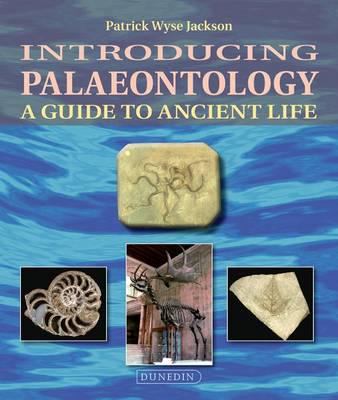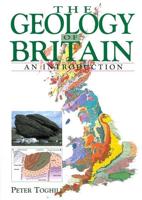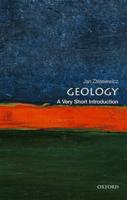Publisher's Synopsis
Life on Earth can be traced back over three thousand million years into the past. Many examples of the Earth's past inhabitants are to be found in rocks, preserved as beautiful and fascinating fossils. The earliest life forms were bacteria and algae; these produced the oxygen that enabled more complex life forms to develop. About 600 million years ago multi-cellular organisms appeared on Earth, some of which could protect themselves with hard parts such as shells. Many of these life forms were readily fossilized and are used to subdivide geological time. Numerous species have evolved and most are now extinct. Lineages can be traced and extinctions explained as a consequence of terrestrial and extra-terrestrial events. Lavishly illustrated with photographs and explanatory diagrams Introducing Palaeontology provides a concise and accessible introduction to the science of palaeontology. The book is divided into two parts. The first explains what a fossil is; how fossils came to be preserved; how they are classified; and what information they can tell scientists about the rocks in which they are found. The second part introduces the major fossil groups taking a systematic view from algae and plants, through the numerous examples of invertebrate animals, to the vertebrates and finally to man's ancestors. Technical terms are kept to a minimum and a glossary is provided.
















